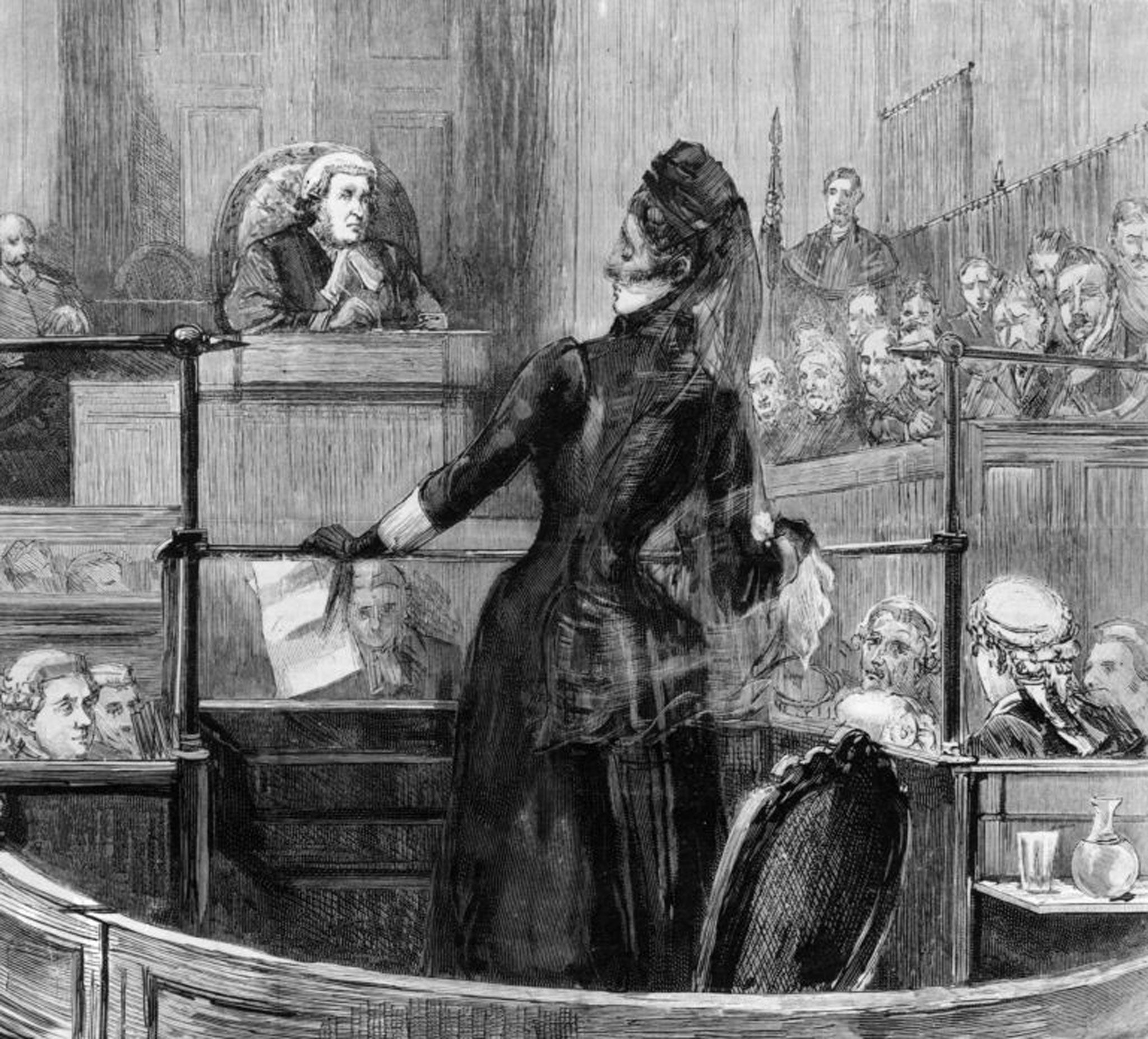Did She Kill Him? by Kate Colquhoun; Lady Bette and the Murder of Mr Thynn by N.A.Pickford, book reviews
Two murder cases that proved a sensation in their day are expertly dissected

Your support helps us to tell the story
From reproductive rights to climate change to Big Tech, The Independent is on the ground when the story is developing. Whether it's investigating the financials of Elon Musk's pro-Trump PAC or producing our latest documentary, 'The A Word', which shines a light on the American women fighting for reproductive rights, we know how important it is to parse out the facts from the messaging.
At such a critical moment in US history, we need reporters on the ground. Your donation allows us to keep sending journalists to speak to both sides of the story.
The Independent is trusted by Americans across the entire political spectrum. And unlike many other quality news outlets, we choose not to lock Americans out of our reporting and analysis with paywalls. We believe quality journalism should be available to everyone, paid for by those who can afford it.
Your support makes all the difference.Newspaper reports of the Pistorius trial, haunted by the "red-eyed stare" of the victim's mother, drew parallels with the great Victorian show trials. One of the most sensational of the genre provides Colquhoun with a sequel to Mr Briggs' Hat, her brilliant unpicking of a railway murder in 1864.
A quarter of a century later, the appearance of an American woman in the dock of a Liverpool court gripped the nation. The sex, elegance, middle-class refinement and youth (26) of Florence Maybrick should have weighed in her favour when accused of poisoning her husband James (50) but evidence of her infidelity swayed the nation, including Queen Victoria, against her.
Colquhoun notes that the 12 jurymen, mostly farmers, grocers and plumbers, were "charged with determining one of the most complicated toxicological cases of the day". (One local paper bluntly concluded: "The thing's a farce.") The reader too has to tangle with a case in which the hypochondriac victim was addicted to arsenic, his doctors used "20 different irritant medicines" in the week before his death and his wife admitted not only boiling up arsenic-impregnated flypapers in order to make cosmetics but also acceding to her husband's deathbed request for arsenic-laced beef stock. Weirdly, the case proceeded even though the two grams of arsenic found in James's body was "considered by most to be insufficient to cause death"
Enlivened by imaginative detail ('The cold chill of brick seeped into her back"), Colquhoun's lively and perceptive narrative has the reader rooting for the friendless defendant whose two children were whisked away at the start of the trial by James's brother Michael, her main persecutor. Yet there is something cold, unsympathetic and dull about the tightly self-controlled Florence. Even her mother, an adventuress called Baroness von Roques (née Carrie Holbrook), saw her as "a woman of little penetration".
Despite the length and complexity of the trial, tension ratchets up as the book reaches its startling conclusion. The title might have come from a Victorian bestseller and Colquhoun cites fictional parallels from Madame Bovary to Trollope's Can You Forgive Her? Reading the lurid reports churned out by the hacks clustered in court, our forebears were "shuddering with indignation… also entertained and delighted". Their great-great-grandchildren will equally be entranced and troubled.
"I was with him, Sir, the night he was wounded and I found him shot with four bullets." Despite the modern mode of dispatch, the murder on Pall Mall expertly explored by N.A. Pickford occurred 200 years before the Maybrick case. Thomas Thynn was a dissolute spendthrift who contrived a marriage in 1681 to Lady Bette Percy, a 14-year-old widow and the richest heiress in England. Instantly regretting her folly, Lady Bette fled for Holland with the assistance of the flamboyant Count Konigsmark, probably her lover.
Fortunately for Lady Bette, widowhood had delayed consummation of her second marriage. The postponement became permanent when Thynn was plugged in his carriage by two mercenaries and Konigsmark's servant. They were arrested along with Konigsmark. Unlike the hitmen, the nobleman escaped the gallows though he was fingered in the epitaph commissioned for Thynn's gravestone, which implied the involvement of Charles II. But the stone never made it to the grave. Thynn's tomb in Westminster Abbey is marked by a virtually blank slab. Pickford has unearthed a fascinating early example of the modern murder.
Join our commenting forum
Join thought-provoking conversations, follow other Independent readers and see their replies
Comments